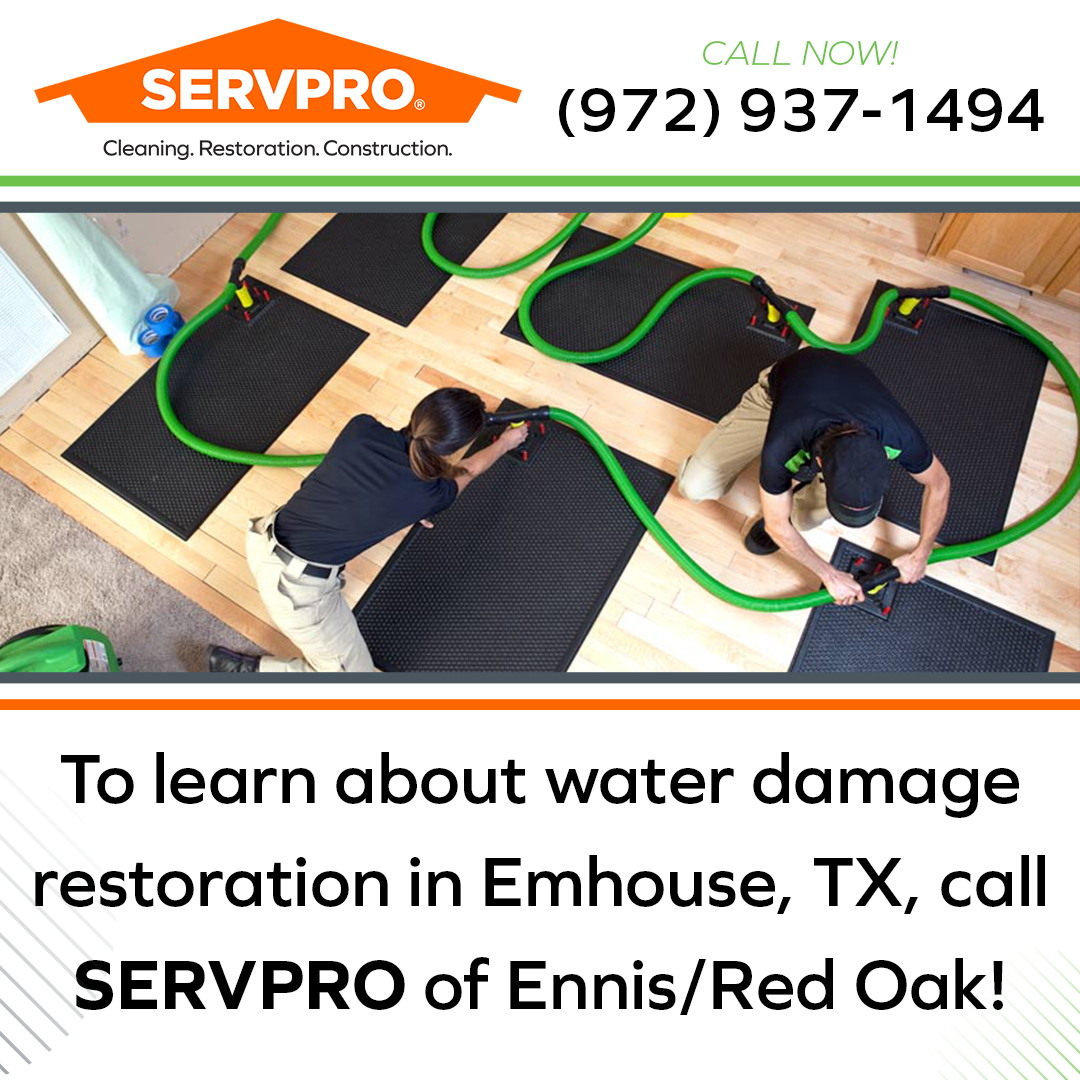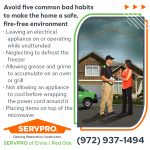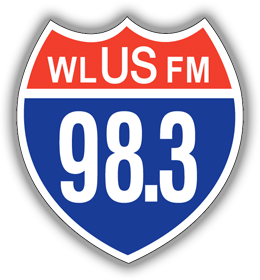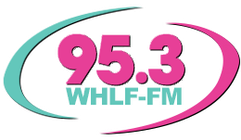SERVPRO® of Ennis/Red Oak provides fire damage, smoke damage, and water damage restoration 24/7, 365 days a year, including holidays. Crews can be on the scene in about an hour to begin the cleanup and restoration process. Some property damage disasters are completely avoidable with a few changes in how appliances are used, cleaned, and stored. Other property damage disasters are unavoidable, such as storm damage and flooding.
Nearly 1,000 housefires a day are reported in the United States. Many of these fires could have been prevented by following fire prevention practices. Many of these fires are related to electrical issues and the use and care of electrical appliances. By establishing and practicing these fire prevention strategies, lives can be saved, and property damage can be prevented.
.png)
Avoid the following five common bad habits to make the home a safe, fire-free environment for family and friends:
#1. Leaving an electrical appliance on or operating while unattended
Although most home appliances can safely operate without being constantly monitored or adjusted by the operator, people should still be present in the home when appliances are in use. Leaving the house while the dishwasher is running can be very risky. The homeowner who runs the dishwasher or the washing machine while asleep may wake up the next morning to find a flooded kitchen or laundry room.
A dryer left running while everyone is out shopping, playing golf, or at the movies could cause a fire damage disaster. If time does not allow for the completion of a drying cycle, the safest solution is to not start drying in the first place. Interrupting a load of clothes during a heat cycle while the dryer is hot can result in a fire. One safe option is to run a short cycle and partially dry the clothes. Hang up the clothes until later when time allows for the clothes to be completely dried. An article or two of clothing needed for the next day can be dried in a short cycle for light loads. How hot does a residential clothes dryer get? The average residential dryer reaches temperatures between 125 degrees and 135 degrees Fahrenheit.
Safety is the best policy when washing clothes. Operate the washing machine only when someone is home and can turn off the appliance should a supply line burst or a leak erupts inside the machine.
#2. Neglecting to defrost the freezer
Freezers that are not frost-free should be defrosted at least once a year. A freezer free of frost will run more efficiently, use less energy, and save the homeowner money. The appliance will also have a longer lifespan. An overworked freezer can be a fire risk.
Before defrosting, make sure the appliance is turned off and unplugged. Place several bowls of hot tap water inside the appliance to loosen the ice. Lay towels on the floor around the freezer to catch any spillage or leakage from the defrosting process. Avoid using a hair dryer to defrost the freezer, as this may cause electrical shock or cause the hair dryer to overheat.
#3. Allowing grease and grime to accumulate on an oven or grill
The buildup of fat and grease around the stove eyes, on the hood, and inside the exhaust fan and vent pipe creates a fire hazard. After cooking an item in the oven, place an oven-safe bowl of water inside the hot oven for at least 18 to 20 minutes. Steam from the bowl of water will soften and loosen grime and grease. When the unit cools, wipe away the residue. Make sure the stove and oven are completely off before wiping.
#4. Not allowing an appliance to cool before wrapping the power cord around it
A hotplate, griddle, waffle iron, or electric grill gets hot enough to melt or damage the outer insulation of the electrical cord for the device. Allow fifteen minutes for the appliance to cool before storing it on a shelf or in a cabinet. Safely wrap the cord around the device only after the appliance has completely cooled.
#5. Placing items on top of the microwave
The habit of storing items on top of the microwave can have serious consequences. If exhaust vents are blocked or the airflow is impeded, the unit can overheat and possibly catch fire. Re-arrange the counter or cabinets to accommodate the items previously stored on top of the microwave. The increased safety is worth the extra effort.
.png)
By putting off a few bad habits, the home can be much safer and less likely to suffer a fire, smoke, and water damage disaster. If the worst scenario happens, contact the property damage professionals at SERVPRO of Ennis/Red Oak.
To learn more about water damage restoration services in Emhouse, TX, call SERVPRO of Ennis/Red Oak at (972) 937-1494. The damage restoration company can also be contacted by email at acarey@servpro10932.com.
































